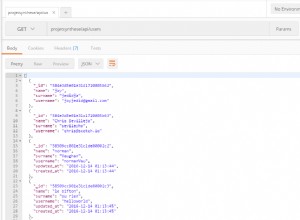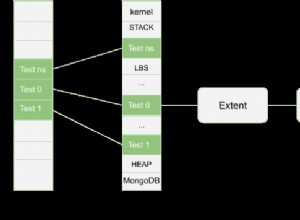"async " е много популярен модул за абстрахиране на асинхронни цикли и улесняване на четенето/поддържането на вашия код. Например:
var async = require('async');
function getHonorStudentsFrom(stuObjList, callback) {
var honorStudents = [];
// The 'async.forEach()' function will call 'iteratorFcn' for each element in
// stuObjList, passing a student object as the first param and a callback
// function as the second param. Run the callback to indicate that you're
// done working with the current student object. Anything you pass to done()
// is interpreted as an error. In that scenario, the iterating will stop and
// the error will be passed to the 'doneIteratingFcn' function defined below.
var iteratorFcn = function(stuObj, done) {
// If the current student object doesn't have the 'honor_student' property
// then move on to the next iteration.
if( !stuObj.honor_student ) {
done();
return; // The return statement ensures that no further code in this
// function is executed after the call to done(). This allows
// us to avoid writing an 'else' block.
}
db.collection("students").findOne({'_id' : stuObj._id}, function(err, honorStudent)
{
if(err) {
done(err);
return;
}
honorStudents.push(honorStudent);
done();
return;
});
};
var doneIteratingFcn = function(err) {
// In your 'callback' implementation, check to see if err is null/undefined
// to know if something went wrong.
callback(err, honorStudents);
};
// iteratorFcn will be called for each element in stuObjList.
async.forEach(stuObjList, iteratorFcn, doneIteratingFcn);
}
Така че можете да го използвате по следния начин:
getHonorStudentsFrom(studentObjs, function(err, honorStudents) {
if(err) {
// Handle the error
return;
}
// Do something with honroStudents
});
Имайте предвид, че .forEach() ще извика вашата итераторна функция за всеки елемент в stuObjList "паралелно" (т.е. няма да изчака една итераторна функция да завърши извикването за един елемент от масива, преди да я извика на следващия елемент от масива). Това означава, че не можете наистина да предвидите реда, в който функционира итераторът - или по-важното, извикванията на базата данни - ще се изпълняват. Краен резултат:непредсказуем ред на почетните ученици. Ако редът има значение, използвайте .forEachSeries() функция.




